| |
| |
| Installing ElectroNet and a PRS Solar Energizer
|
| |
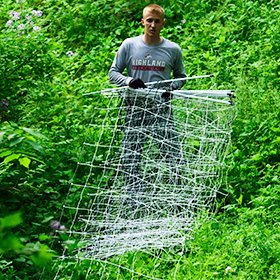
|
| |
| |
|
Going through brush? Cover up to avoid poison ivy and ticks!
|
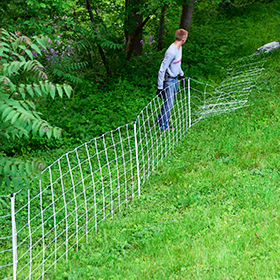
|
| |
| |
|
The grassy margins are an easier section to fence. No brush to wrestle through.
|
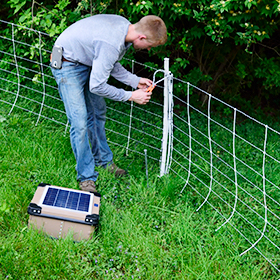
|
| |
| |
|
Before leaving the site, make sure the fence is properly energized.
|
|
| |
|
|
|
| |
| |
|
What is required to make a targeted grazing enterprise profitable?
|
| |
|
Premier asked Goats On The Go's founder, Aaron Steele, about his sustainable grazing operation:
|
The first step is to separate the grazing business from the meat goat business. In order to know if either component, meat or targeted grazing, is making or losing money, they need to be separated into two distinct enterprises for budgeting and accounting and (most importantly) price setting. We've found pricing to be one of the hardest parts of the targeted grazing business, and mixing costs and revenues from the two enterprises can camouflage pricing problems.
For example, including proceeds from meat goat sales in your profit calculation for the grazing service makes it appear that the service is more profitable than it is, potentially leading you to price the service below where the market values it (or even below your actual costs) because your profit margin looks so rosy on paper.
Similarly, it's tempting to think that because customers will be feeding your herd you don't have to charge very much for the grazing service. But, there are real production costs when using your meat goats for targeted grazing. They may have lower gains, they will be exposed to more stress, disease, and predator pressures, and the risks are just generally much higher than feeding goats on your farm. Oh, and there's fuel, vehicle depreciation, liability insurance, your own stress, etc. It's far from "free" feed!
We keep separate books for the two enterprises. The farm owns the goats, and Goats On The Go leases the goats from the farm. Money actually changes hands between the two enterprises. That way the farm is compensated for the increased risk to the herd, and Goats On The Go can budget for the actual cost of using goats for targeted grazing. That way we're not treating the grazing service as just "icing on the cake" of the meat goat business.
|
|
|
| |
| |
| |
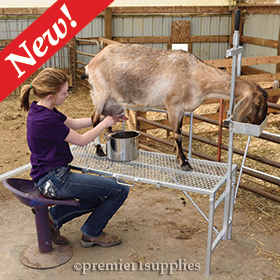
|
| |
|
Milking Stand
|
| |
|
A goat friendly milking, hoof trimming and clipping stand.
|
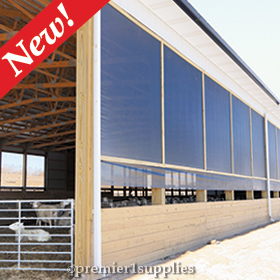
|
| |
|
Premier UltraScreen
|
| |
|
A wind, snow, ice, rain and sun resistant material for siding on barns, coops and even decks!
|
|
|
| |
|
|
|
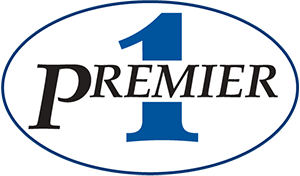
|
Questions? Call Us.
800-282-6631
Local: 319-653-7622
Fax: 800-346-7992 or 319-653-6304
|
|
|
Business Hours:
Monday - Friday: 7 am - 5:30 pm CT
(January - December)
Saturday: 8am - 12 noon CT (March - September) and Closed (October - February)
Sunday: Closed
© Copyright 2016 Premier1Supplies
2031 300th Street, Washington, Iowa 52353
Contact Us
|
|
|
|
|
|
| | |
